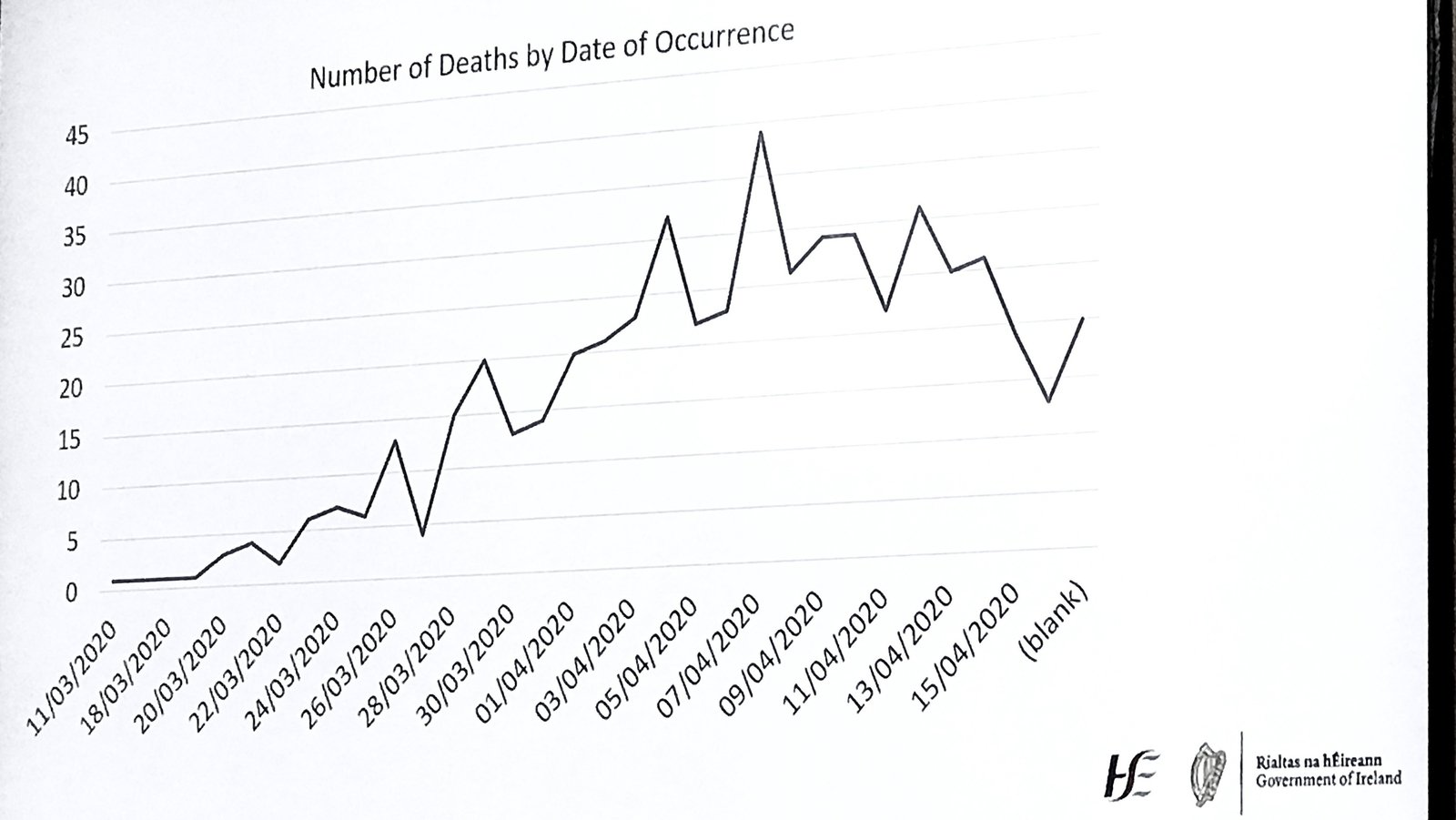OK, what can we say about actual deaths. Is the following correct?
While it can take up to a month to report a death, the vast majority of deaths are reported within 7 days.
Therefore the data up to 11 April as reported yesterday, is essentially complete.
The data since the 12 April is unreliable and the number of reported deaths will increase
On 7th April there were 40 deaths
On 11th April, the last date for which we have reliable data, there were 25 deaths.
4 days is not enough for a trend. As you can see from earlier on the graph there were similar falls over a few days, only for the rise to resume.
If it takes 19 days from infection to death, the graph should reflect the following:
24 March - restrictions introduced so infections should fall
12 April - 19 days later, deaths should start falling
27 March - Lockdown
15 April - deaths should fall further.
If it takes a week to report the actual deaths, then we will have to wait until Thursday or Friday of this week to see if the restrictions have worked.
Brendan
